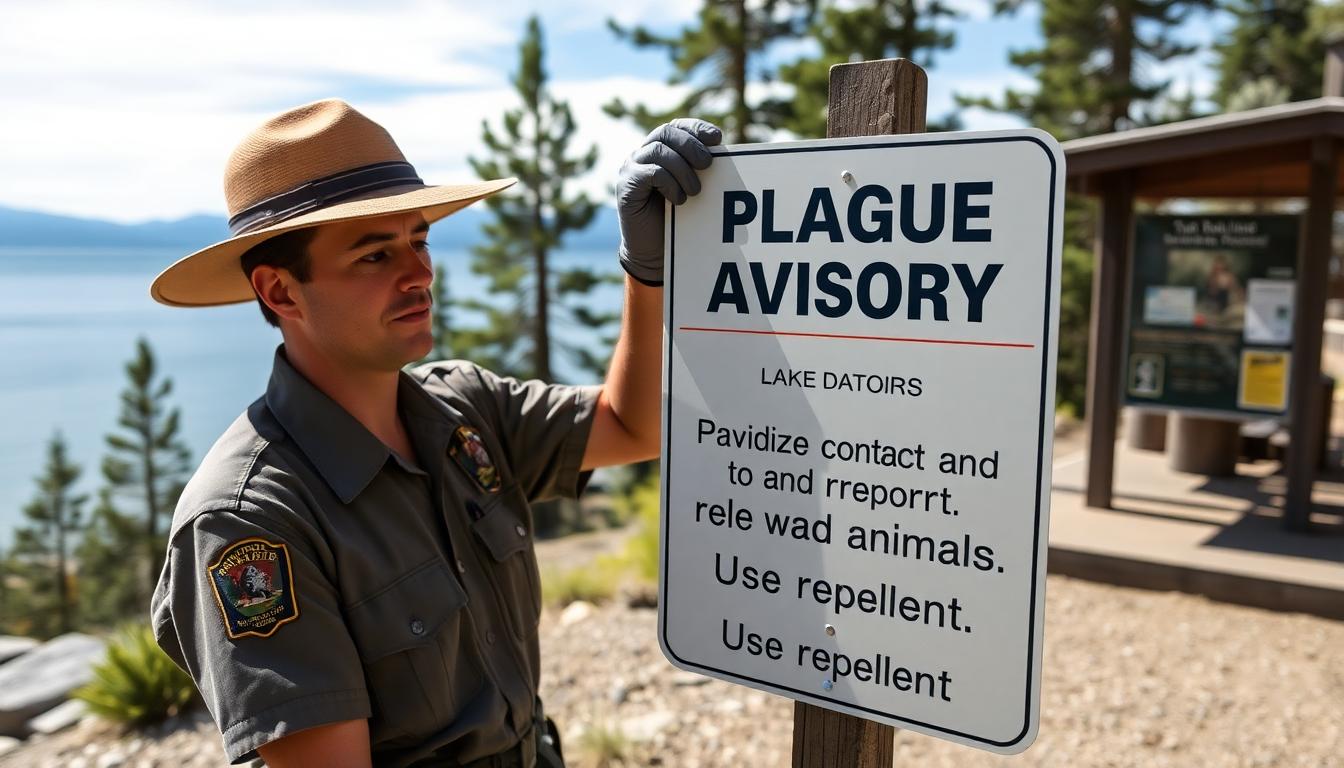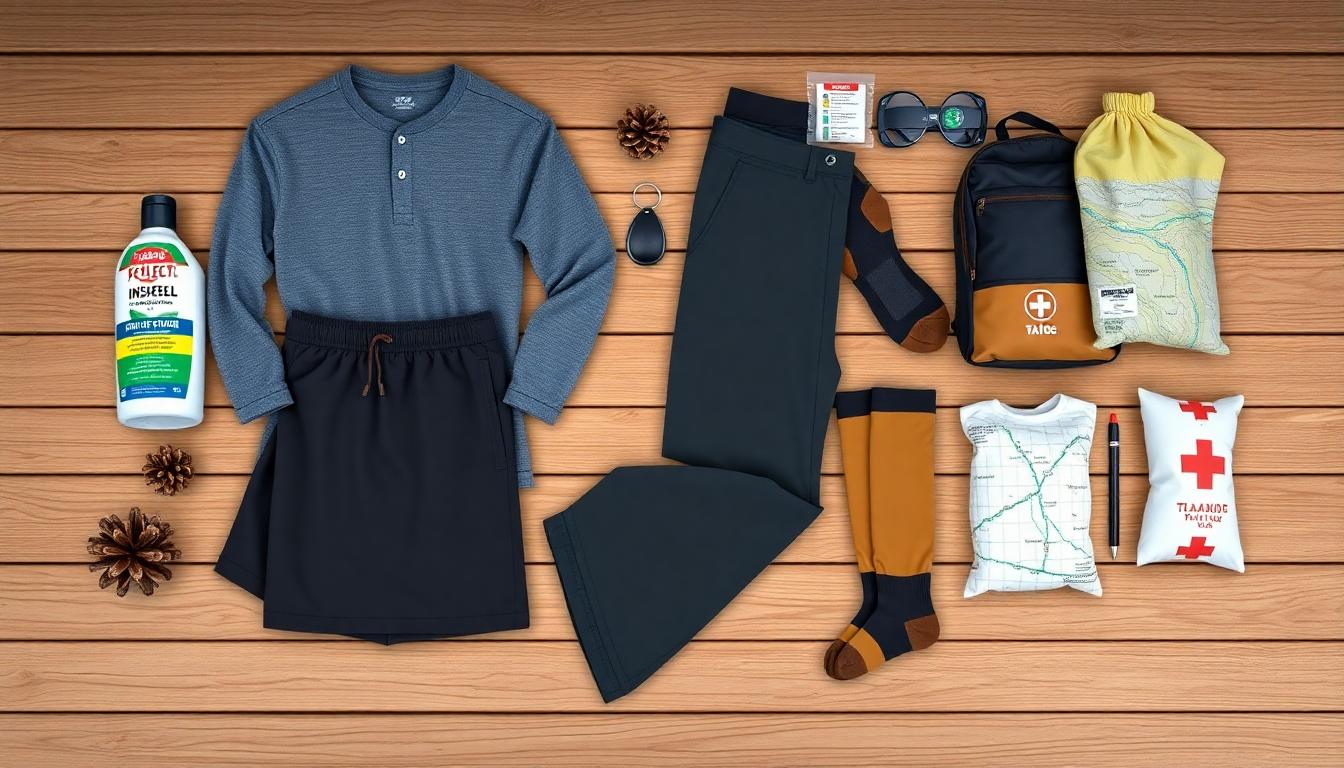A Tahoe-area resident has tested positive for plague, according to local health officials. While the risk to the public is low, authorities urge extra caution outdoors, especially in places with active rodent populations. If you hike, camp, or live near the forest, here is what to know, how to protect yourself, and what to do if you notice symptoms.
What Is Plague?
Plague is a bacterial infection caused by Yersinia pestis. It spreads mostly through bites from infected fleas that live on wild rodents, like ground squirrels and chipmunks. In the U.S., cases are rare and usually occur in rural parts of the West.
Types of plague
- Bubonic plague affects lymph nodes and can cause painful, swollen nodes called buboes.
- Septicemic plague affects the bloodstream and can cause fever, chills, weakness, and bleeding under the skin.
- Pneumonic plague affects the lungs and can spread through droplets, though this is rare today.
With fast treatment, plague is curable. Early care matters.
How Plague Spreads in Tahoe
Plague cycles through wild rodent populations in the Sierra Nevada. Risk rises when:
- Camping or picnicking near rodent burrows
- Feeding or handling wild rodents
- Letting pets chase or sleep near chipmunks or squirrels
- Touching dead animals
You may see warning signs at trailheads, parks, and campgrounds. Read and follow posted advisories.
Current Advisory and Public Guidance
- Avoid contact with wild rodents; do not feed chipmunks or squirrels.
- Seal food and trash in rodent-proof containers.
- Use EPA-registered insect repellent on skin and clothing.
- Wear long sleeves and pants; tuck pants into socks in brushy areas.
- Keep pets leashed and on vet-recommended flea prevention.
- Do not handle sick or dead animals; report them to park staff or animal control.

Symptoms to Watch For
Symptoms can appear 2 to 8 days after exposure. Call a doctor right away if you have:
- Sudden fever and chills
- Headache, body aches, nausea, or fatigue
- Painful, swollen lymph nodes
- Cough, chest pain, or trouble breathing
Tell your provider about recent outdoor exposure, camping, or wildlife contact. Early antibiotics work best.
What To Do If You Think You Were Exposed
- Seek medical advice if symptoms start.
- Limit close contact if you have cough and fever until you are evaluated.
- Do not handle wildlife or try to remove rodents yourself.
- If your pet hunted rodents or has fleas, call your veterinarian.
Pet Safety: Steps for Dog and Cat Owners
- Use year-round flea prevention, oral or topical.
- Keep dogs leashed; do not let pets explore burrows or wood piles.
- Store pet food in sealed containers; remove bowls after feeding.
- Wash pet bedding often in hot water.
- Watch for lethargy, fever, poor appetite, or swollen nodes; see a vet if noted.

Smart Outdoor Habits for Tahoe
- Stick to clear, well-traveled paths.
- Choose picnic spots away from brushy edges and burrows.
- Use repellent with DEET, picaridin, or oil of lemon eucalyptus.
- Treat clothing and gear with permethrin; do not apply to skin.
- Shake out blankets and jackets before bringing them inside.
- Keep camps tidy; double-bag trash and use rodent-resistant containers.
Home and Property Tips
- Reduce habitat by clearing brush, junk, and tall weeds.
- Seal gaps around doors, vents, and eaves.
- Store firewood off the ground and away from walls.
- Use snap traps if needed; wear gloves and double-bag carcasses.
- Hire licensed pest pros for ongoing issues.
How Health Officials Respond
- Monitor rodent and flea populations.
- Post advisory signs in parks and recreation areas.
- Share guidance with residents, visitors, and healthcare providers.
- Coordinate with land managers and veterinarians.

Should You Change Travel Plans?
Most visitors do not need to cancel plans. With basic precautions, risk remains low.
- Check local advisories before you go.
- Use repellent and wear long clothing.
- Keep food sealed; do not feed wildlife.
- Keep pets on flea control and on leash.
If you are immunocompromised or traveling with very young children, ask your healthcare provider about extra steps.
Myths vs Facts
- Myth: Plague spreads easily between people outdoors.
Fact: Person-to-person spread is rare and tied to pneumonic cases. - Myth: If rodents are nearby, you will get plague.
Fact: Most rodents and fleas are not infected; risk rises during localized outbreaks. - Myth: Repellent is optional in the mountains.
Fact: Repellent helps prevent flea and tick bites and is a simple protective step.
When To Seek Medical Care
- Fever and swollen, painful lymph nodes after outdoor exposure
- Fever with worsening cough or chest pain
- Severe weakness, vomiting, or unusual bleeding
Tell the clinic you may have had exposure to fleas or rodents in Tahoe.
Key Takeaways
- A Tahoe resident tested positive for plague; overall risk is low.
- Plague is spread mainly by infected flea bites from rodents and is treatable with early antibiotics.
- Avoid feeding wildlife, use repellent, wear long clothing, and keep pets on flea prevention.
- Watch for fever and swollen lymph nodes within a week of exposure and seek care quickly.
- Enjoy Tahoe safely by following posted advisories and keeping camps and picnics clean.

